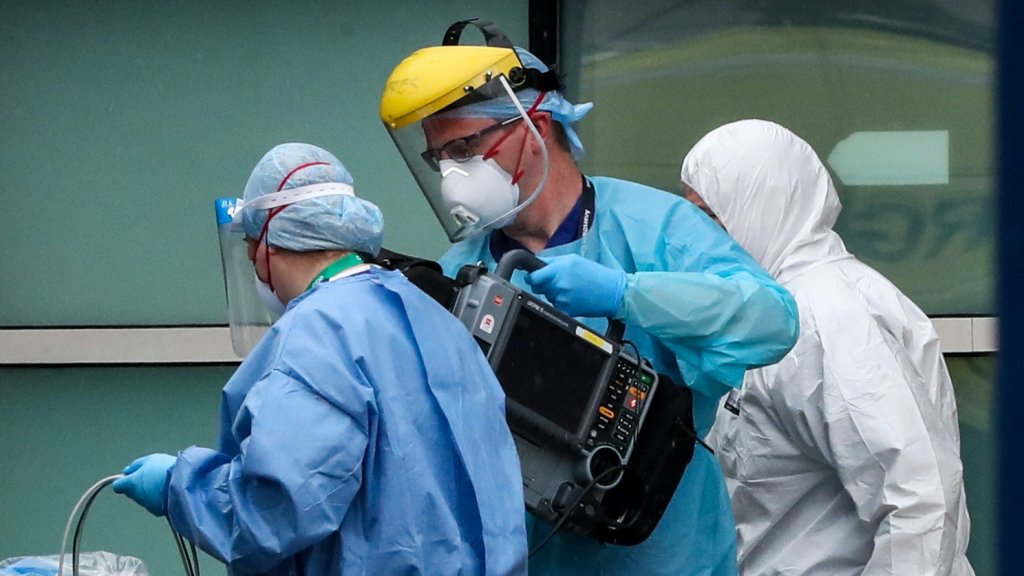4 Things to Know About Minimally Invasive Surgery & Whether It is Right For You

As we have ventured into the 21st century, medicine and technology have travelled right along with us. The needs for different surgical techniques has skyrocketed in demand as more surgeries are conducted globally.
Patients are now offered a wide range of treatments for their health needs, including minimally invasive surgery.
Surgery is nerve-wracking for the toughest of patients—large incisions, the potential risks and the lengthy healing times are headache-inducing.
However, the practices used to conduct minimally invasive surgeries take that stress off your shoulders. Read on to learn more about minimally invasive surgeries and the future of surgeries as we know it.
What is Minimally Invasive Surgery?
The purpose is in the title: minimally invasive. Surgeons can perform a wide array of surgeries that limit the size, number and risk factor of incisions. You are looking at less blood, less scarring, and an exponentially faster return to normalcy.
Your typical invasive surgery is one long cut, or several, to operate on the necessary part of your body. The traditional surgery method allows more room for infection, longer healing times, re-opened wounds and essentially more time in the hospital.
Instead, minimally invasive surgery uses small tools, tiny cameras and lights without affecting too much skin, tissue or nerves. One popular method of minimally invasive surgery is robotic-assisted surgery.
Robotic-Assisted Surgery
When you think of the future, many of us picture robots and flying cars. Well, the future has arrived! The first recorded use of robotic-assisted surgery was back in 1985 in a neurological biopsy.
You can find robotic surgery used in world-renown surgical units like UCLA and UC Davis, but nearly 15% of all general surgeries are conducted via robot-assisted technology.
Using the robotic system, your surgeon controls a high-definition endoscope and robotic arm to conduct the surgery. The tiny camera offers a much broader look into the incision area—which means less need for more incisions.
This robotics method might appear more dangerous than traditional surgery methods, but the surgeon can perform the surgery with more precision and wrist control.
Once the surgery is finished, the patient is stitched back up as usual.
Treatments Available
Nearly every condition can be treated using robot-assisted surgery, including:
- Gastric bypass
- Ear, nose & throat surgery
- Neurosurgery
- Cancer (pancreas, gallbladder, pancreatic, lung, oesophagal, etc.)
- Kidney stone bypass
- Kidney removal
- Body countouring (with a body contouring consent form)
This is not an exhaustive list, but it offers a look into the vast array of treatments that could be done with less risk using robot-assisted surgery techniques. However, there might be times where a patient could benefit from “traditional” surgery methods.
The Risk Factor
In many instances, minimally invasive surgery has proved to be less risky than traditional surgery. Minor damage is inflicted on the patient’s skin, muscle tissue and nerves, this technology allows surgeons to perform more precise surgeries, and everyone is generally left happier.
However, there is a risk factor with any surgery, regardless of how invasive (or non-invasive) it is. General anaesthesia complications and infections are possible for every surgery patient, and minimally invasive surgery generally takes longer than “open” surgery.
Regardless of how much safer a surgery has the potential to be, you want to consult with your doctor first about any health risks with an upcoming surgery.




